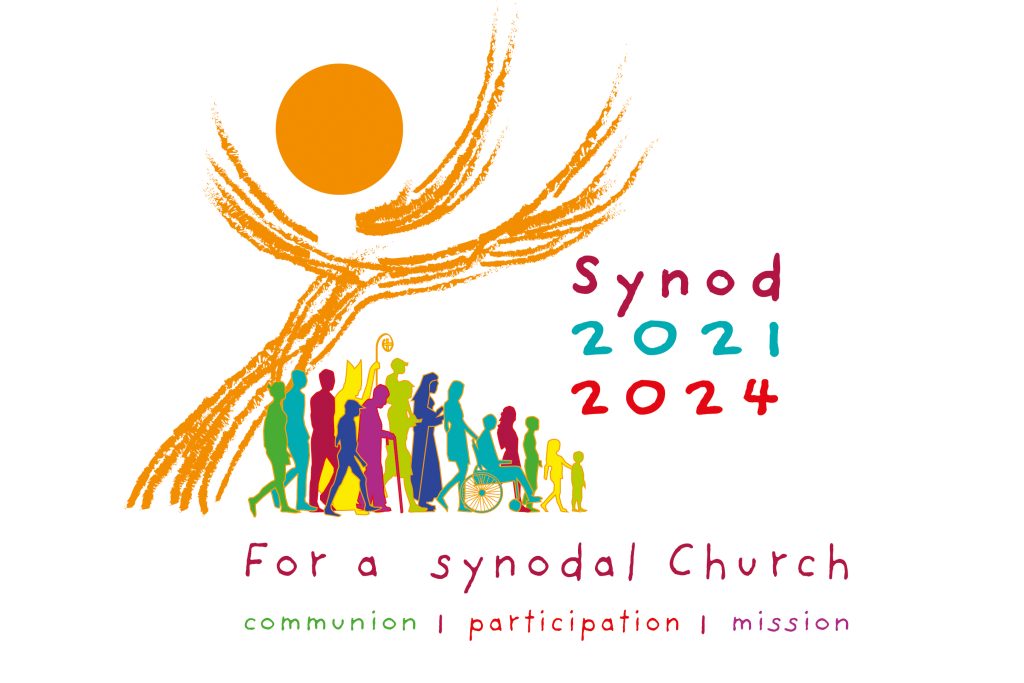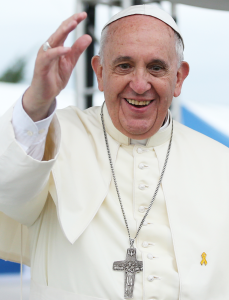
When Australian Catholics learned that they were to have a Plenary Council in 2022, most had a fair idea that it would be about a formal gathering of Church leaders. Not long after when they learned that they were to be involved in a Synod, there was some hesitancy about the terminology.
According to the Catholic Encyclopedia the words ‘Synod’ and ‘Council’ are synonymous. Both refer to ecclesiastical gatherings for the discussion and decision of matters relating to faith and morals. In Canon Law (Editions 1983 and onwards), however, the role and authority of Synods are spelled out in Canons 342 – 348 while Councils are covered in Canons 439 – 446. The importance of Synods to the People of God in the modern world, came to the fore as a result of Vatican II (see below).
In each of the four Gospels we learn that when Jesus began His public ministry on earth, He gathered together followers (Mt 4:18, Mk 1:16, Lk 5, Jn 1:35). They were to become the first bishops of the Catholic Church who, with the help of the Holy Spirit, would pass on the lessons they had learned from the Master.
Any organisation (church, religious order, company, institute) which expects such organisation to continue, needs its members to come together regularly and examine if they are achieving the reasons for their initial foundation.
Jesus, at the time of His Ascension into heaven, commissioned those first apostles-bishops, and all of us, with His final words while here on earth: “Go therefore and make disciples of all the nations, baptising them in the name of the Father and of the Son and of the Holy Spirit, and teaching them to obey everything that I have commanded you. And remember, I am with you always; to the end of the age”. (Mt 28:18-20) We were all being offered a place in the Kingdom provided we kept the commandments. The apostles began their mission responding to Jesus’ command. Those first bishops of the Catholic Church met at Jerusalem c.49 for an official Council, or Synod. Across the centuries many such were to follow.

At the first General Assembly of the Synod of Bishops in 1967, Pope St Paul VI presented the idea of an International Theological Commission (ITC) to help the Holy See and others, including the Synod of Bishops, in examining doctrinal questions of major importance. The first meeting of the ITC took place in October 1969.
Prior to the twentieth century few women were to be seen around the Vatican grounds. The first woman to hold a leadership position in the Vatican was the Australian theologian, Rosemary Goldie, who in 1964, held the position of auditor in the Second Vatican Council. From 1967 until 1976 she was then appointed undersecretary of the Pontifical Council for the Laity.
From 2004, during the time of Pope St John Paul II, the ITC has appointed women, specialist theologians, as members.

In May 2019, Francis appointed three women as consultors to the General Secretariat for the Synod of Bishops on Young People, Faith, and Vocational Discernment. Sr Nathalie Becquart, XMCJ, who recently visited Australia, is an appointed consultor to the general secretariat of the Synod of Bishops in Rome. In October 2021, Pope Francis convened the 16th Synod of Bishops entitled For a Synodal Church: Communion, Participation, and Mission. This was followed by local synods in dioceses around the world. In the final stage, there will be two sessions in Rome in October 2023 and October 2024. You can view the whole Synodal process here.
In the Catholic Weekly edition of 19 March 2023, journalist George Weigel described the depressing and changing “moods” current in Vatican City. In the same edition we read of disturbing decisions made by German bishops on their synodal path.
In the midst of this modern and changing world, however, the People of God have reason to hope. Due to the foresight of St Paul VI and the Fathers of the Second Vatican Council, the Bishop of Rome and Successor of St Peter will be able to seek advice when needed from the international Synod of Bishops, as well as that most learned body of theologians, the men and women of the International Theological Commission. The “icing on the cake” is the spirituality and wonderful humanity of Pope Francis – one who listens.
But all of us must pray to the Holy Spirit.
Marie Therese Levey rsj*
Grateful acknowledgement is made here to suggestions by Canon Lawyer Dr Maria Casey rsj.
*Marie Therese Levey rsj is a liturgical musician whose PhD was in medieval manuscripts. Her latest book is entitled The Place of the Kyriale in Catholic History, Liturgy and Music.
[1] BastienM, CC0, via Wikimedia Commons
[2] Korea.net / Korean Culture and Information Service (Photographer name), CC BY-SA 2.0, via Wikimedia Commons
